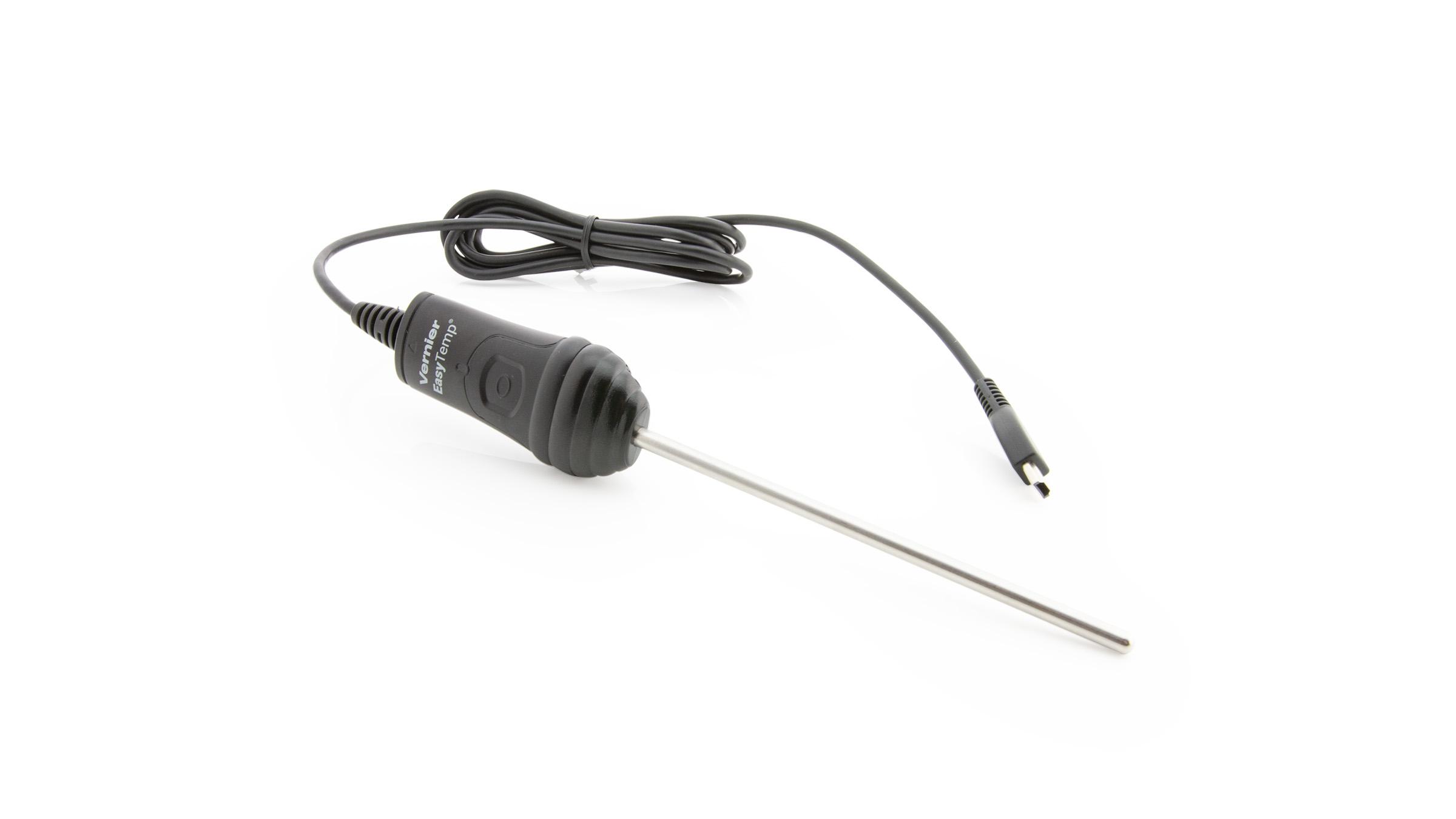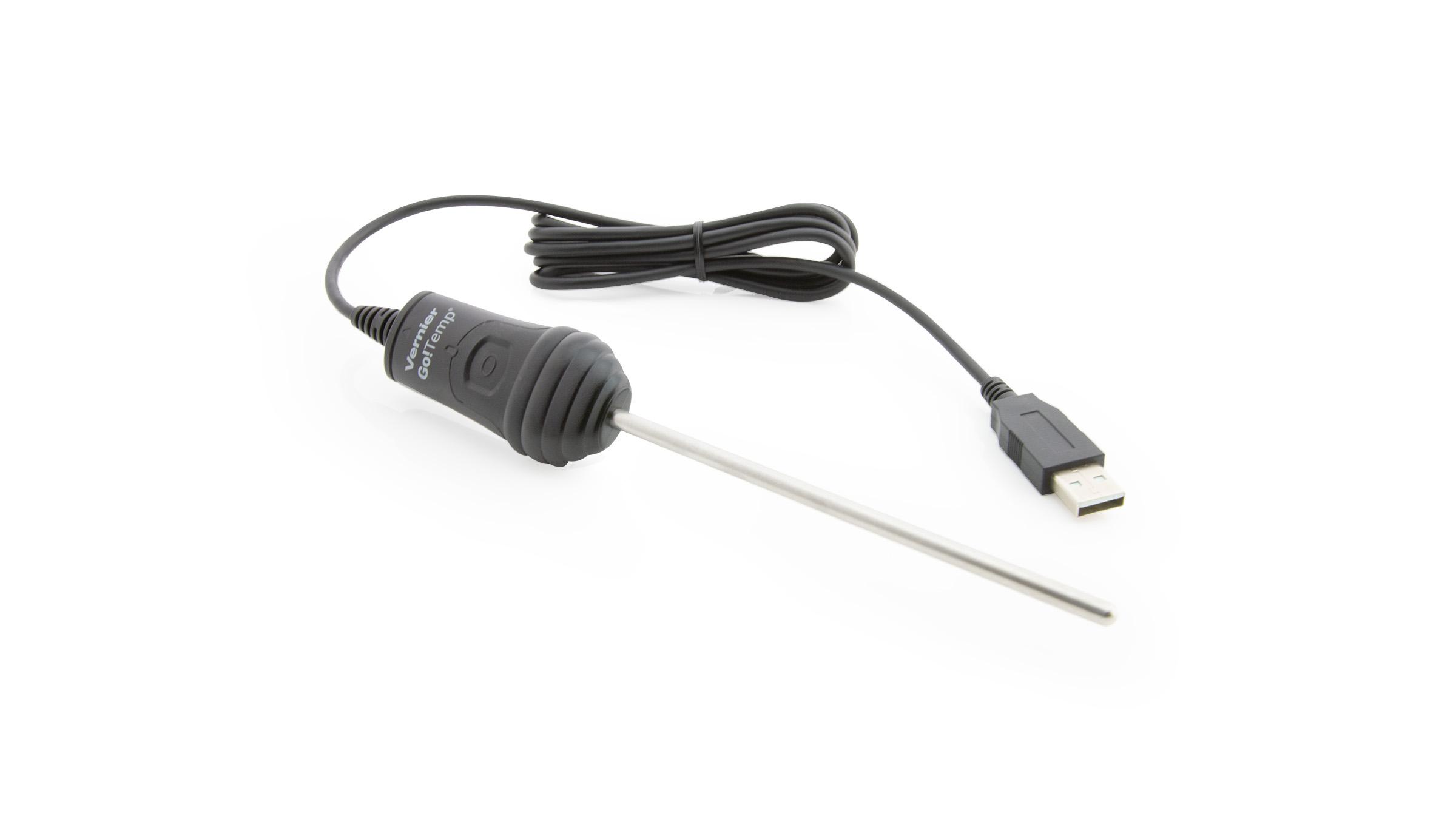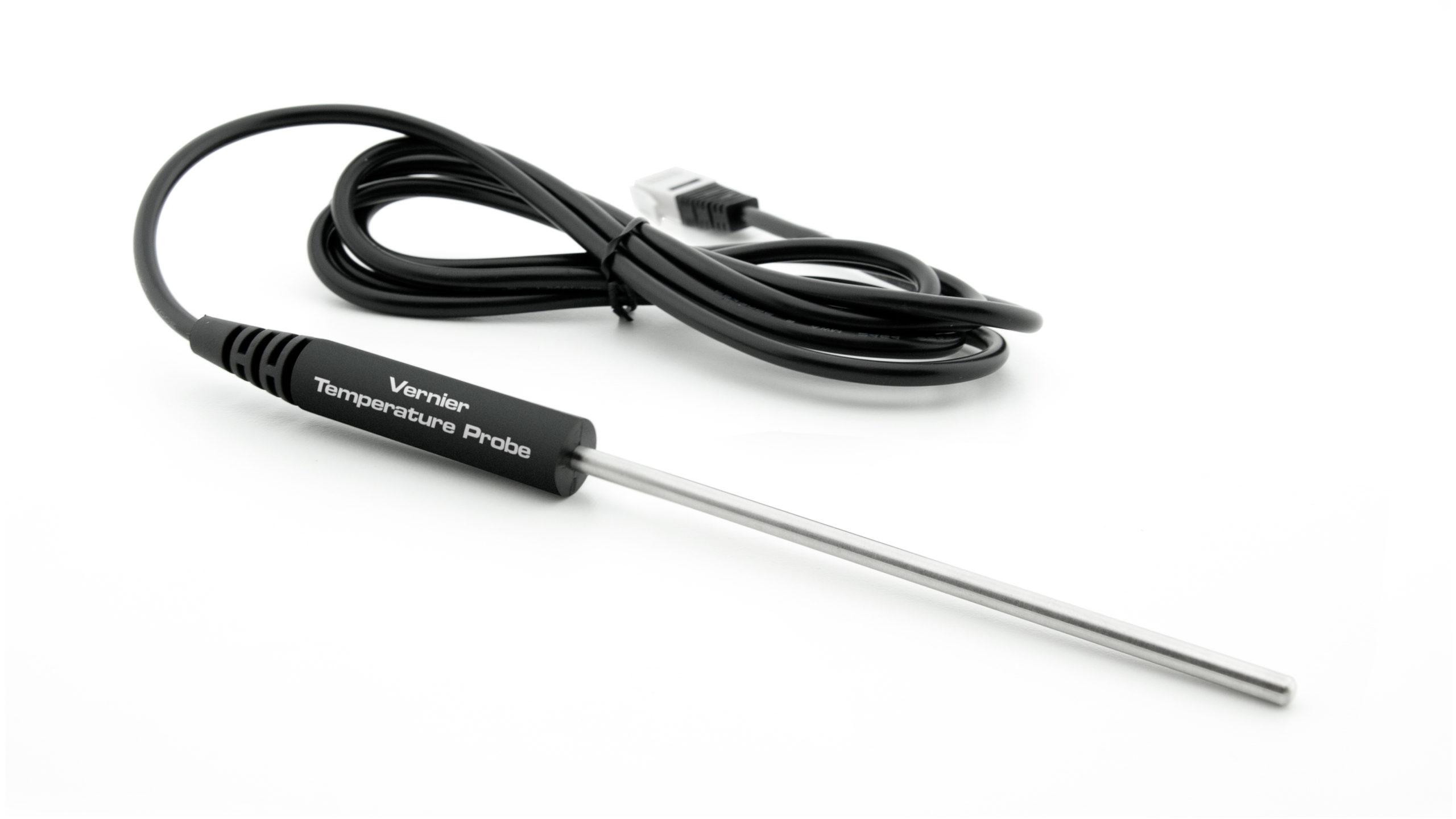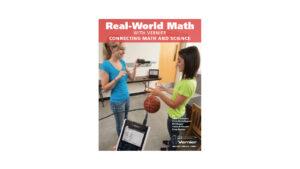Chill Out: How Hot Objects Cool
Experiment #16 from Real-World Math with Vernier
- Education Level
- High School

Introduction
When you have a hot drink, you know that it gradually cools off. Newton’s law of cooling provides us with a model for cooling. It states that the temperature difference Tdiff between a hot object and its surroundings decreases exponentially with time.
In the model T0 is the initial temperature difference, and k is a positive constant.
In this activity you will use a Temperature Probe to collect data as the warmed probe cools. You can then fit several mathematical models to the data.
Objectives
- Record temperature versus time cooling data.
- Model cooling data with an exponential function.
Sensors and Equipment
This experiment features the following sensors and equipment. Additional equipment may be required.
Option 1

Option 3

Ready to Experiment?
Ask an Expert
Get answers to your questions about how to teach this experiment with our support team.
- Call toll-free: 888-837-6437
- Chat with Us
- Email support@vernier.com
Purchase the Lab Book
This experiment is #16 of Real-World Math with Vernier. The experiment in the book includes student instructions as well as instructor information for set up, helpful hints, and sample graphs and data.


